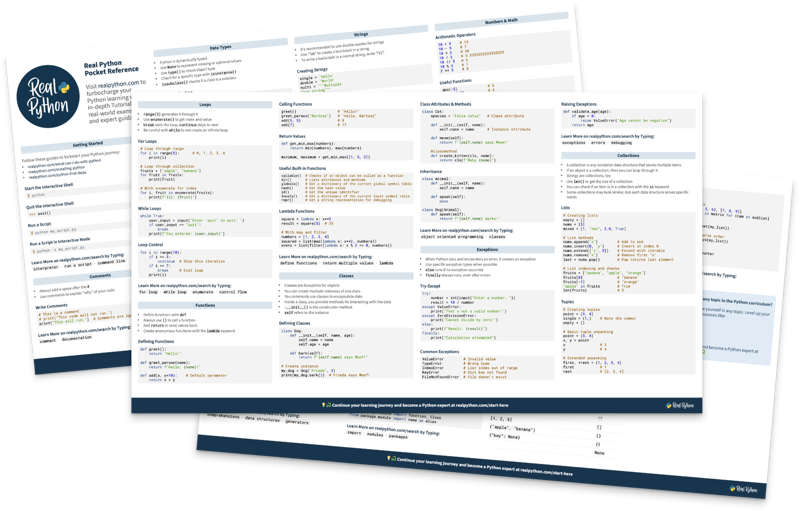Caching is an essential optimization technique for improving the performance of any software system. Understanding how caching works is a fundamental step toward incorporating it effectively in your applications.
In this video course, you learned:
- What the different caching strategies are and how they work
- How to use Python’s
@lru_cachedecorator - How to create a new decorator to extend the functionality of
@lru_cache - How to measure your code’s runtime using the
timemodule - What recursion is and how to solve a problem using it
The next step to implementing different caching strategies in your applications is looking at the cachetools module. This library provides several collections and decorators covering some of the most popular caching strategies that you can start using right away.
For more information on the concepts covered in this course, check out:

